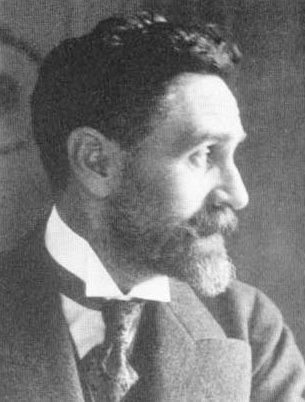 | ||
The Black Diaries are diaries purported to have been written by the Irish revolutionary Roger Casement, which contained accounts of homosexual liaisons with young men. They cover the years 1903, 1910 and 1911 (two) and were handed in to Scotland Yard after his capture in April 1916. Casement was convicted of treason following the Easter Rising. The British government began to circulate photographic page copies, particularly in the US, that showed his "sexual degeneracy". The effect of their circulation was to dissuade many would-be supporters from joining an appeal for clemency, and Casement was hanged on 3 August 1916.
Details
The term Black Diaries was coined by Peter Singleton-Gates and Maurice Girodias in their 1959 book of that name. A second set of journals kept by Casement in 1910 is known as the White Diaries or Amazon Journal.
In 1936 William J. Maloney wrote a book, The Forged Casement Diaries, in which he claimed to have proved that the British authorities had forged the diaries in order to discredit Casement. The poet W. B. Yeats was moved by this book to write a poem, 'Roger Casement', which he described as "a ferocious ballad". Another poet, Alfred Noyes, who had accepted the diaries as genuine in 1916, also criticised the establishment in a 1957 book, The Accusing Ghost or Justice for Casement.
In 1959 Peter Singleton-Gates and Maurice Girodias published The Black Diaries—a version of the diaries which they described as being based on "a bundle of documents" given to Singleton-Gates in 1922 by "a person of some authority"—in Paris, where they could not be prosecuted under the Official Secrets Act. That person was most likely Sir Basil Thomson who on his dismissal from Scotland Yard apparently removed large quantities of official papers. The diaries were released by the British government the same year, when they were made available in the Public Record Office in London.
At the turn of the 21st century a forensic examination of the diaries was commissioned by Bill McCormack, Professor of Literary History at Goldsmiths College, University of London. The documents were examined by Audrey Giles, a leading forensic handwriting examiner, who concluded, according to a report in The Guardian, that "the handwriting, ink, paper, pen strokes and pencillings were all genuine." McCormack published a book on the diaries in 2002. All the diaries, including for the first time the 1911 volume which contained the most prolonged sexual narrative, were published by Jeffrey Dudgeon the same year. A second, extended, paperback and electronic edition was published in 2016
